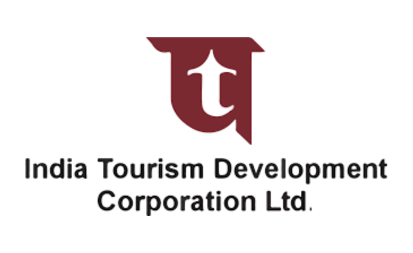How Recruit Train Deploy Model is Revolutionizing Skilling Methods in India
Authored Article by Vivek Shandilya, Head - Training and State Engagement, THSC (Tourism and Hospitality Skill Council) Traditionally the skill development program since its beginning relied heavily on government sponsored schemes such as PMVY, DDUGKY, NULM and

Authored Article by Vivek Shandilya, Head – Training and State Engagement, THSC (Tourism and Hospitality Skill Council)
Traditionally the skill development program since its beginning relied heavily on government sponsored schemes such as PMVY, DDUGKY, NULM and State Schemes. These schemes focused majorly on 2 stakeholders – trainees and training institutions and one of the major stakeholder industry partners had only last role to play by providing employment opportunities to candidates.
The new initiative taken adopted by Industry and Awarding Bodies (AB) to work under the Recruit Train Deploy model is making changes in the traditional skilling methods. Industry partners are involved from the very beginning of the program. Mobilization, screening, training, monitoring and placement all are being done in consultation with the industry stakeholders and they play a pivotal role in the entire training lifecycle.
After Covid-19 pandemic, it become very challenging for the tourism & hospitality industry to hire skilled workers as existing workers got displaced from their jobs and work location. In scenarios such as this, it was very evident that both Industry, AB, Training Partners had to think out of the box. The new skilling model helped all stakeholders in reaching out to potential aspirants who despite all challenges wishes to build a successful career in ever growing industry.
What does the Model have to offer for stakeholders?
Industry – Employers can hire multiple job role candidates from their preferred geographical location only after screening and selecting the right candidate before the start of training. Employers traditionally used to spend thousands on hiring un or semi-skilled workers and had no visibility either on their joining date or retention date. With RTD model, employers make payment only after retention is met and they also get trained and skilled workers.
Students – traditionally students didn’t had visibility on jobs post completion of training. At times they had to appear for multiple of job interviews even after completion of the program and each employer had different expectations from the students. Now students from day 1 are prepared to join one specific employer at a particular location.
Training Institutes – Partners who were completely dependent on Govt sponsored schemes now could build privately sponsored businesses which they can run throughout the year. With this model, full capacity utilization of any institutes can be achieved and can run other businesses under Govt. or CSR sponsorship.
Through this program Industry in association with Training Partners and AB has trained, skilled and deployed over 300 students. With the industry growing at a rapid pace there is a need of more than 3 lakh skilled workers which is going to increase by 100% each year. Models like RTD will be a game changer benefitting thousands of youths if not lakhs. The current trend shows over 96% candidates completed the program successfully and joined. More than 91% candidates have retained in jobs leading to lower attrition.
—–
 English
English French
French German
German Italian
Italian



